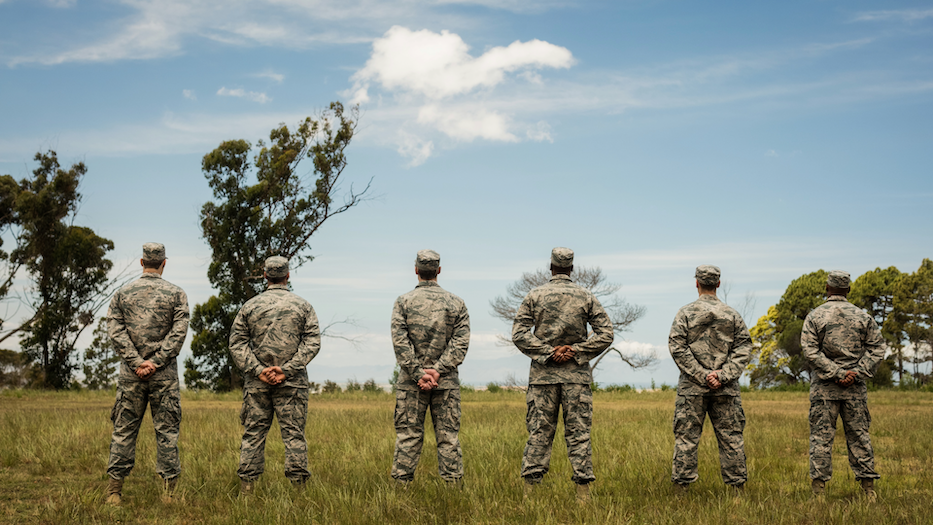By Jacob Lowenthal
Just recently in March, turtle hatching season started in full force and will run all the way until October. What this means is that sea turtles that were once born on our beaches will be returning to lay their eggs and leave them to hatch. This is a big deal for Floridians because roughly 90% of sea turtle nesting happens right here in Florida. What this also means is that for those frequent beachgoers who are reading this right now, there are a lot of new factors to consider and steps to take in order to keep the turtles and beaches safe for nesting and hatching.
For those who live right on the beach, the most important thing to do is make sure that the lights in the house are either turtle friendly, or not visible from the beach at all. If lights from buildings such as homes are either too bright or not covered by either drapes or blinds, the hatchlings can go the wrong direction from the ocean and end up dying.
As for regular beachgoers, there are a few very important things to remember. The first thing to remember is if you build a sandcastle or dig a hole on the beach, knock it down/fill it in and flatten out the sand. Sandcastles, while fun to build, are huge obstacles for a sea turtle hatchling trying to find its way to the ocean. If a sandcastle is in the way of a turtle hatchling, it can become confused or stuck and end up not making to the water. As for holes, turtles, both adult and hatchlings, can get stuck and them and trapped. When this happens, they are sitting ducks for predators and likely will not survive.
In addition to this, make sure you pick up food scraps should any have fallen after eating on the beach. If you’re thinking that, “the wildlife will eat it so it isn’t going to waste,” that’s exactly the issue. Leaving behind scraps attracts wildlife such as raccoons, coyotes, sea birds, ants, and both domestic and feral dogs. Each of these creatures are some of the biggest threats to hatchlings, as a baby turtle is a very welcome bonus to a raccoon when it wanders onto the beach because of that dropped half eaten PB&J. When these scavengers lay eyes on eggs or hatchlings, they will very likely kill and eat them, as this is the reason for the vast majority of infant turtle and egg deaths.
Lastly, despite all the threats that are posed to hatchling sea turtles, whatever you do, do not interfere with them! If you see a baby turtle crawling towards the water, let it! Picking them up and putting them in the water yourself can directly lead to their deaths. When a baby turtle is born, it quite literally imprints itself into the sand so it knows to return there to lay its future eggs. When you pick up a baby turtle, the oils from your fingers can ruin this process. In addition to this, there is a white dot on their belly which holds up to three days of food that it needs to survive in the beginning, and mishandling baby turtles can break this white dot.
Hopefully these few tips can save some sea turtle lives, and help the population grow. While it is something extra to have to think about, just following these few rules can be the difference between life or death for the baby turtles on our beaches. Just don’t forget to use turtle friendly lights, knock down sandcastles and fill in holes, pick up food scraps, and let sea turtle hatchlings be. With this, sea turtles should be well on their way to not being endangered.





